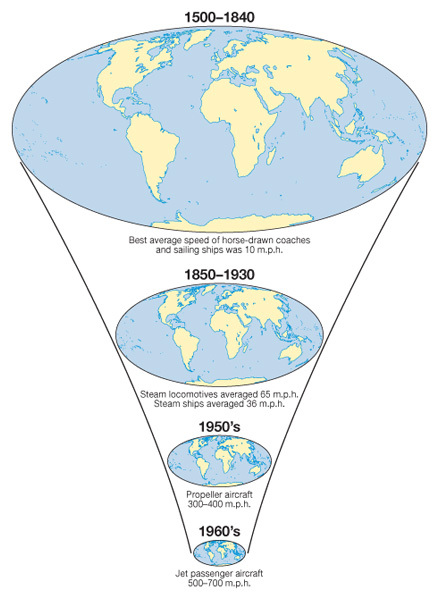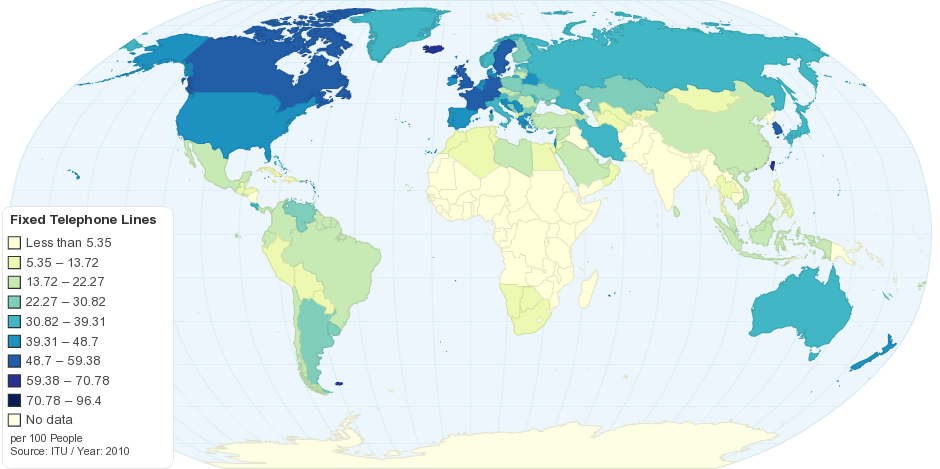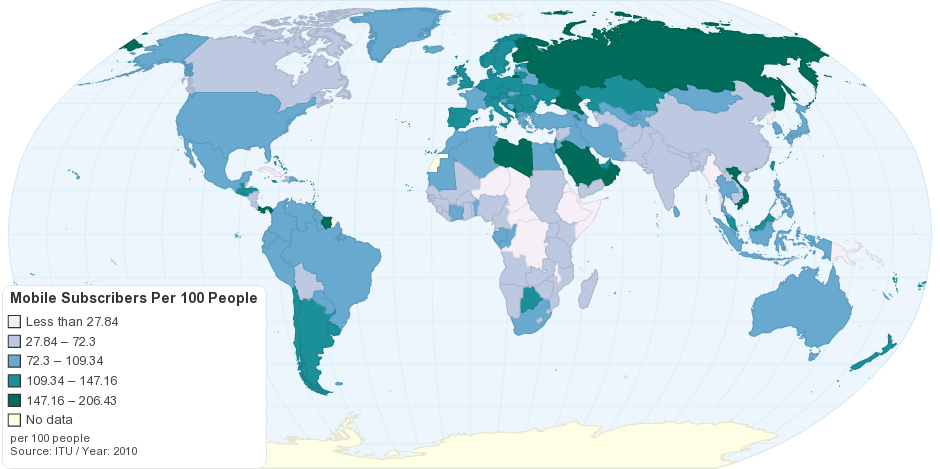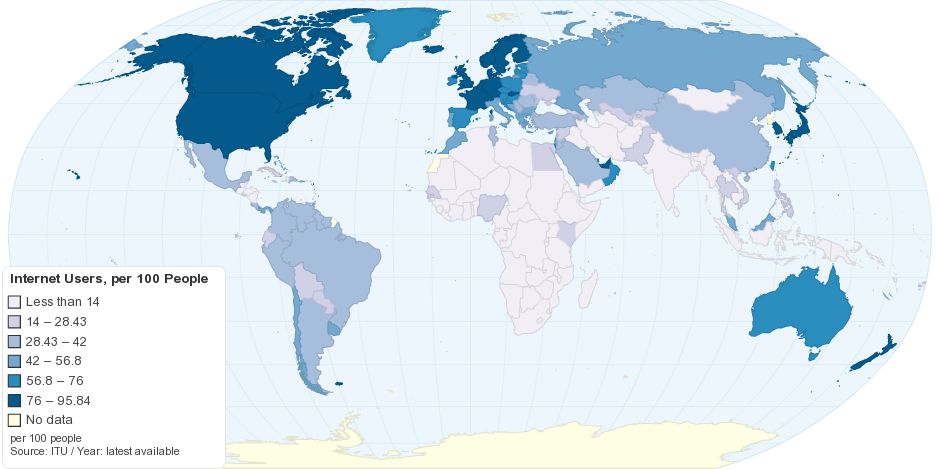HL4. 3 Human and physical influences on global interactions
Multi-government organizations


NAFTA
The North American Free Trade Agreement is a treaty between Canada, the United States and Mexico. These three countries have agreed to remove trade barriers between them. By eliminating tariffs, NAFTA increases investment opportunities. The NAFTA agreement is 2,000 pages, with eight sections and 22 chapters.
NAFTA is the world’s largest free trade agreement. Its members contribute more than $20 trillion as measured by gross domestic product.
Six Ways NAFTA Works
First, NAFTA grants the most-favored-nation status to all co-signers. That means countries must give all parties equal treatment. That includes foreign direct investment.
They cannot give better treatment to domestic investors than foreign ones. They can't offer a better deal to investors from non-NAFTA countries. Governments must also offer federal contracts to businesses in all three NAFTA countries.
Second, NAFTA eliminates tariffs on imports and exports between the three countries. Tariffs are taxes used to make foreign goods more expensive. NAFTA created specific rules to regulate trade in farm products, automobiles and clothing. These also apply to some services, such as telecommunications and finance.
Third, exporters must get Certificates of Origin to waive tariffs. That means the export must originate in the United States, Canada or Mexico. A product made in Peru but shipped from Mexico will still pay a duty when it enters the United States or Canada. (Source: "Certificate of Origin," U.S. Customs and Border Protection.)
Fourth, NAFTA establishes procedures to resolve trade disputes. These protect businesses from unfair practices. The NAFTA Secretariat facilitates an informal resolution between the parties. If this doesn't work, it establishes a panel to review the dispute. That helps all parties to avoid costly lawsuits in local courts. It helps the parties interpret NAFTA’s complex rules and procedures.
These trade dispute protections apply to investors as well. (Source: "Dispute Settlement," NAFTANow.org)
Fifth, all NAFTA countries must respect patents, trademarks, and copyrights. At the same time, the agreement ensures that these intellectual property rights don’t interfere with trade.
Sixth, the agreement allows business travelers easy access throughout all three countries. (Source: "NAFTA Summary," NAFTANow.org.)
IFEZ
The Free Economic Zone (FEZ)
Refers to an area where business and economic activities of foreign investors are guaranteed by promoting systems and conditions that differ from other areas. Thus The Free Economic Zone is an international city that offers taxation support, free economic activities, high quality administrative services, and a convenient living environment.
IFEZ is designated with area size of 132.9㎢ in August 2003 over Songdo, Yeongjong, and Cheongna International Cities including Incheon International Airport/ Ports as the hub for government’s strategy of making Northeast Asia’s economic central.
Incheon is where the country’s west coast originates, serving as the gateway to Seoul and a metropolitan area with 23 million people and the center of Korea’s economic, industrial, and land development. Located 8㎢ from downtown Incheon and 50㎞ from the center of Seoul, IFEZ, and its adjacent Incheon Port, are highly accessible, with major metropolitan areas only 60~90 minutes away.

Economic migration control and rules - United States of America

Source: http://fundersandfounders.com/wp-content/uploads/2012/12/coming-to-america-visas-infographic.png
The "shrinking world" - changes in data flow patterns and trends



The "shrinking world" - transport development over time

Cumulative Waves of Transport Development
Transportation is often referred as an enabling technology since its modes, terminals and infrastructure support and expand economic and social interactions. Transport development tends to be a cumulative process as each new transport technology adds to the capacity and mobility potential of the previous technologies. Larger quantities of freight and more people can be moved more quickly and more efficiently. Developments in transport may also lead to the obsolescence and decline of prior technologies when they service similar markets. Since the modern era, five major waves of transport developments can be identified, each with a transport technology that had fundamental impacts on the mobility of passengers and freight:
- First wave; sailships. The mastery of high sea navigation in the mid 16th and early 17th centuries led to the gradual setting of a global trade network supported by the emergence of colonial empires. Long distance transportation became reliable.
- Second wave; canals. The early stages of the industrial revolution in the 19th century were accompanied with the setting of canals complementing existing rivers or linking them. They provided the first level of inland access with the economies of scale they were able to confer, but such accessibility was highly punctual; where canals could be built. Although canal systems have historically been set in other parts of the world (China being the most salient example), it is in Western Europe and North America that their impacts on economic development were the most significant. Even if canal systems were supplemented by railways for many commercial relations, they remained active transport modes, particularly in Europe, China and North America.
- Third wave; railways and steamships. The setting of rail systems in the second half of the 19th century permitted the first effective forms of inland accessibility and concomitantly of cohesive national transport systems, but interconnecting different rail systems took time. At the beginning of the 20th century, rail systems were the dominant mode supporting passengers and freight flows. Although their relative importance has declined with the setting of highways, railways are far from being an obsolete technology with the setting of high speed rail systems around the world as well as their conversion to intermodalism. On the maritime side, in the late 19th century, the steamship would mark the demise of the sailship, but not of commercial maritime shipping networks that continued to expand to support more comprehensive international trade volumes and the long distance mobility of passengers.
- Fourth wave; highways. The diffusion of the internal combustion engine and the availability of cheap oil supplies permitted an effective setting of individual or small load (truckload) mobility (national mobility systems). This however could not take place without the construction of national highway systems, such as the Interstate in the United States. Another important impact of the highways was setting of lower density forms of urbanization, namely suburbs.
- Fifth wave; airports and containerships. The introduction of jet services in the late 1950s permitted for the first time the setting of true global mobility systems where locations can be reached within hours. Airports became important nodes in the national and global systems of passenger flows as well as freight flows. On the maritime side the containership, including the massification of bulk shipping, would strengthen global commercial relations to an unparalleled level through the setting of global distribution systems.

IB Geography Globalization - Reduction in the friction of distance
Containerization: transportation of cargo in containers (that can be interchanged between ships, trains, and trucks) with standardized handling equipment, and without rehandling the contents.
How Containerization Shaped the Modern World
The "shrinking world" - patterns and trends in communication infrastructure and use

Source: http://chartsbin.com/view/l84

Source: http://chartsbin.com/view/1221

Source: http://chartsbin.com/view/1881

Source: http://chartsbin.com/view/1886
The influence of the physical environment on global interactions




No comments:
Post a Comment